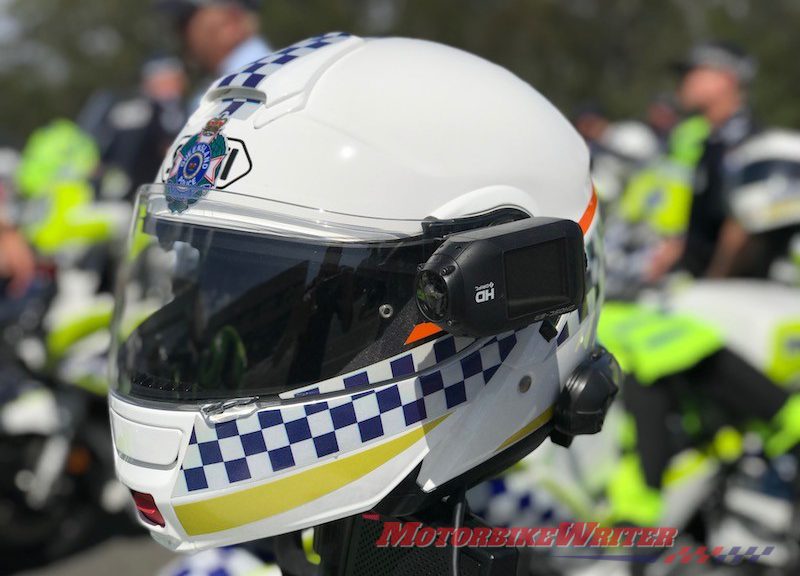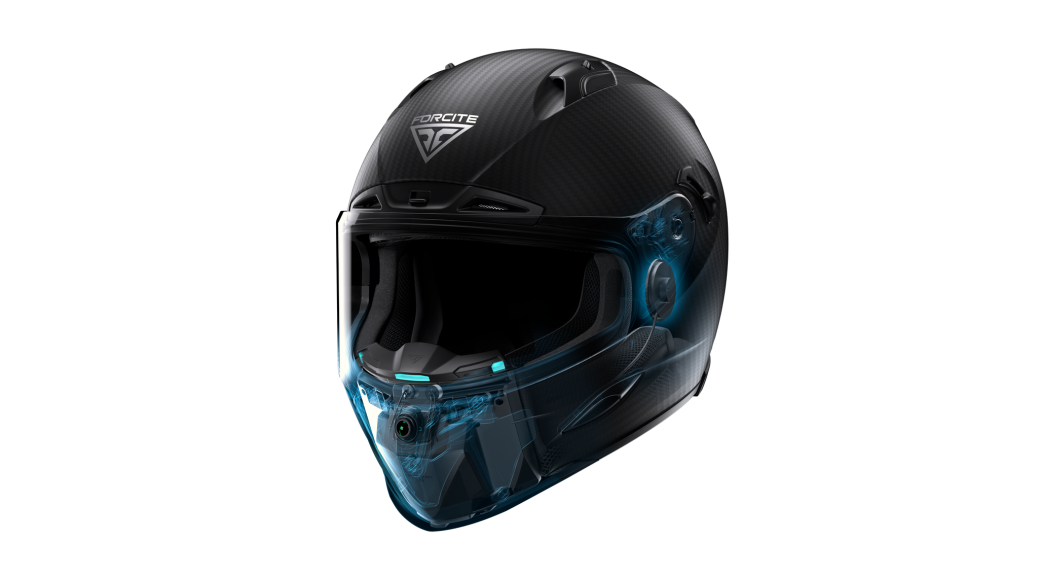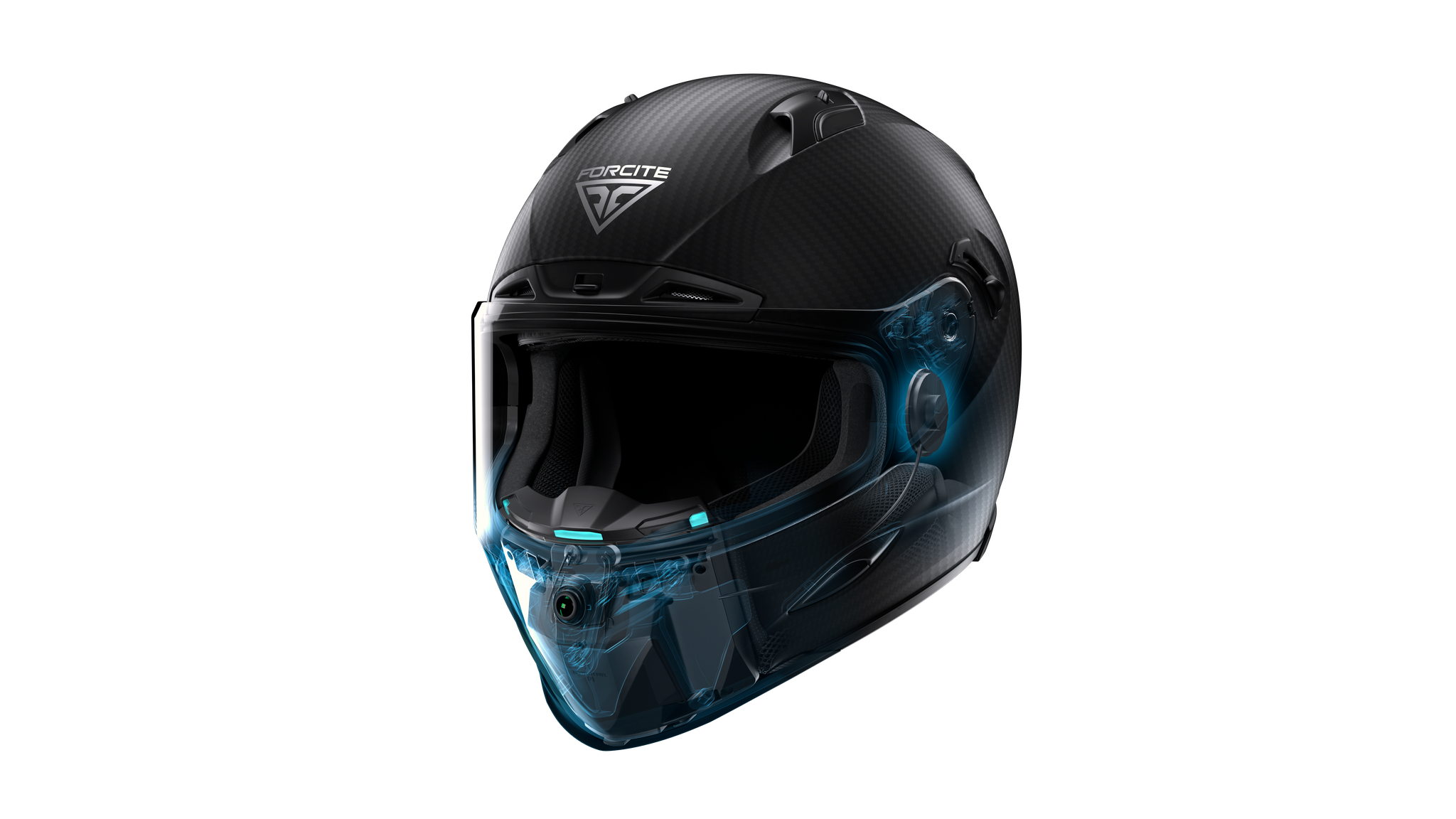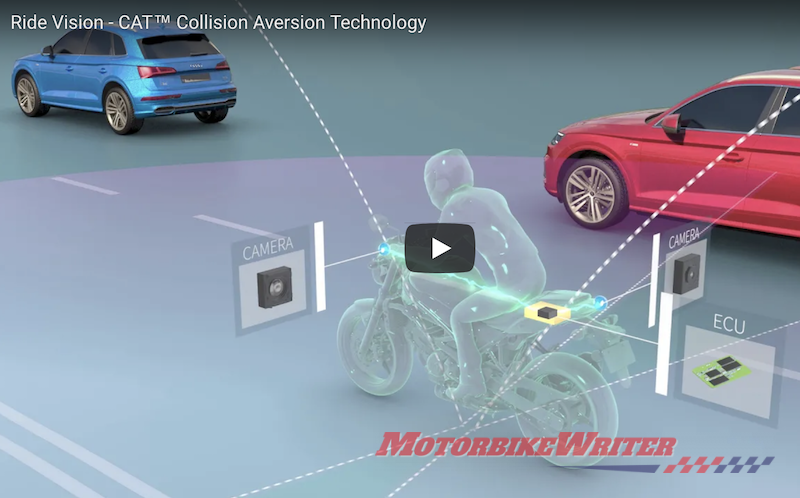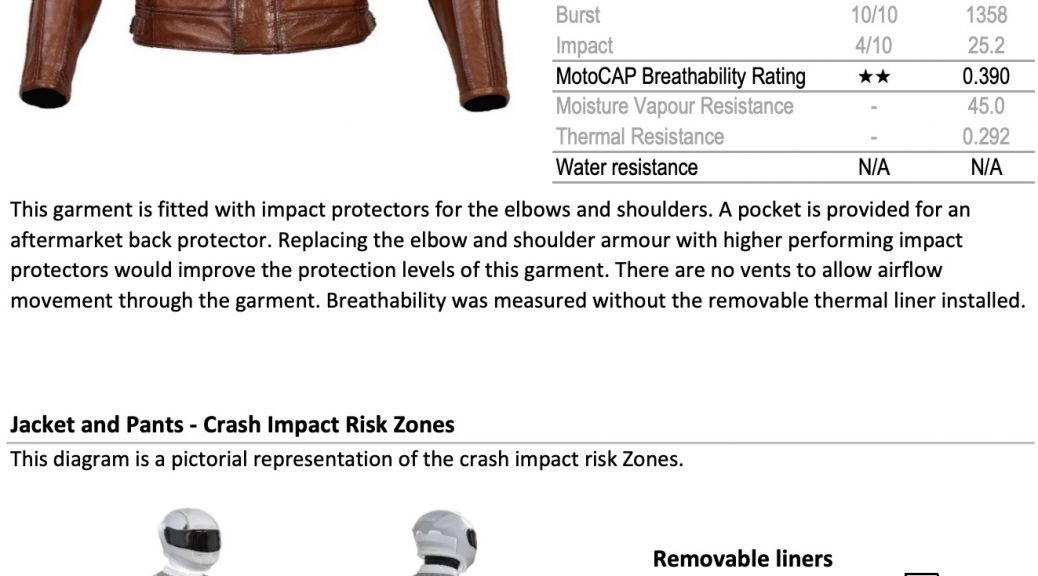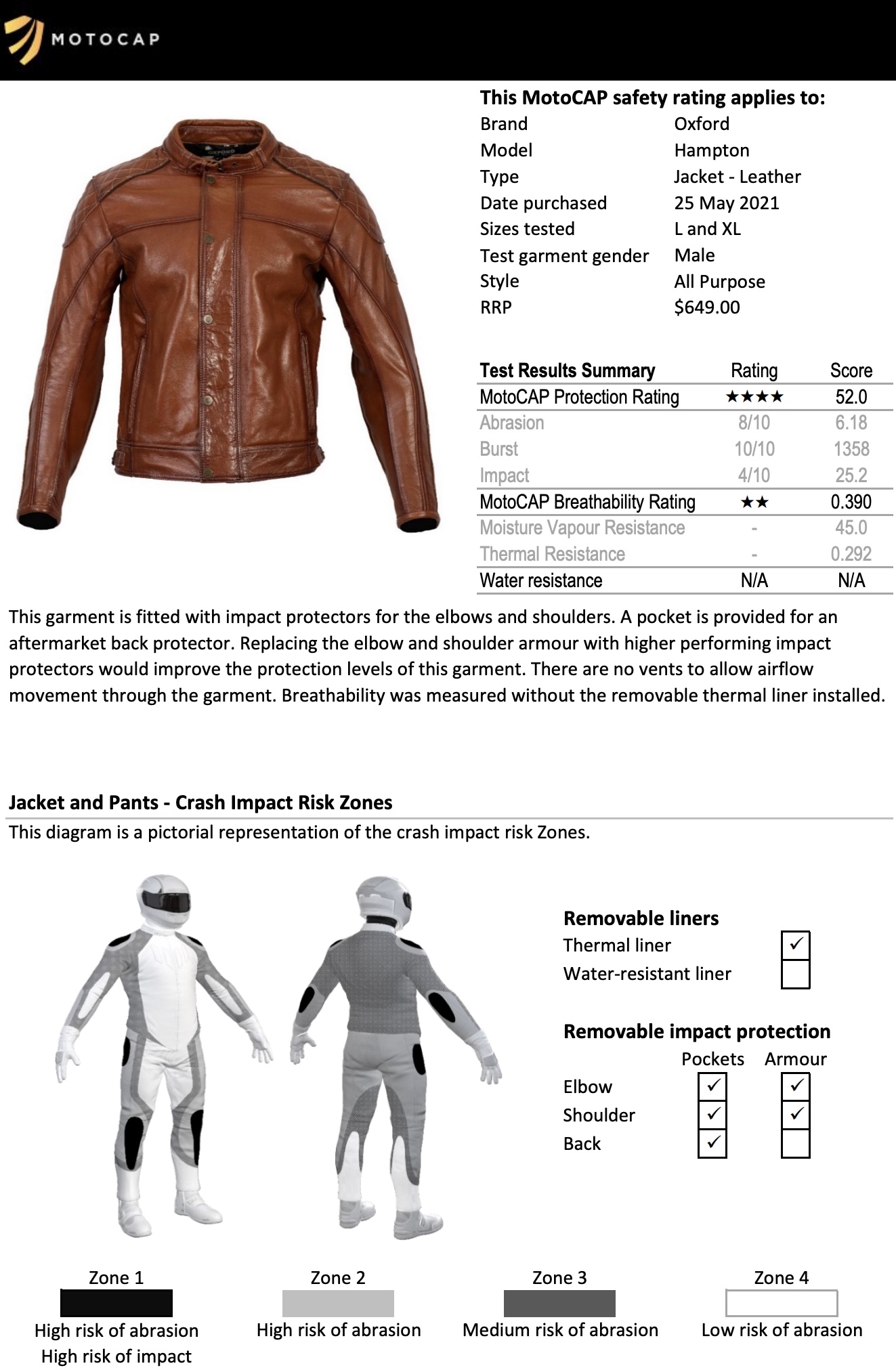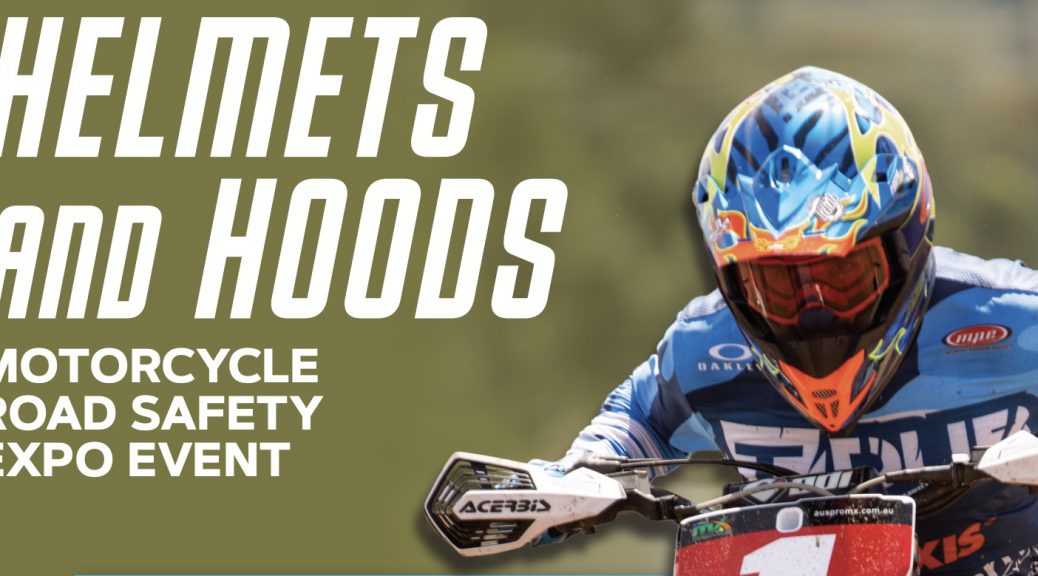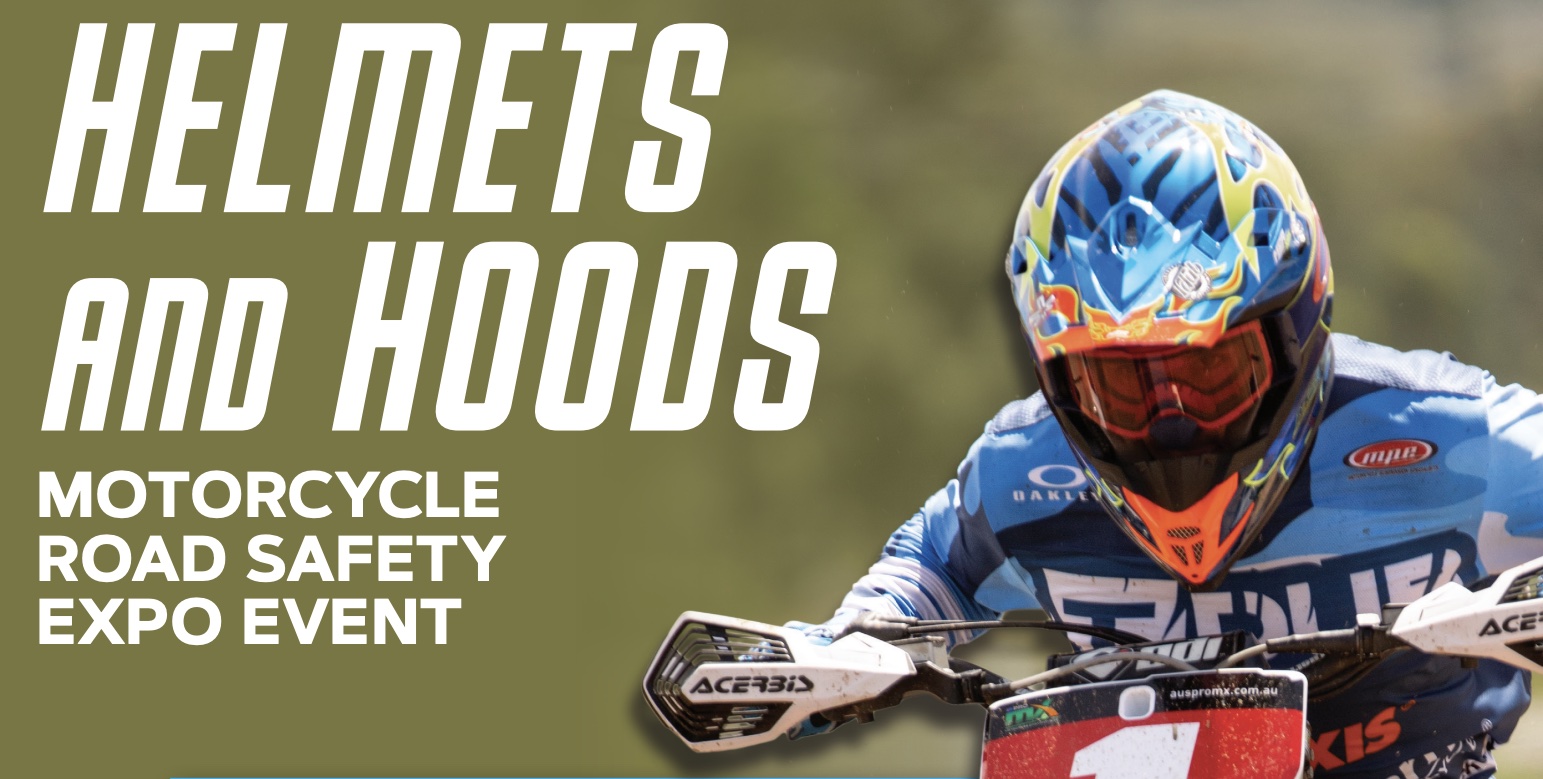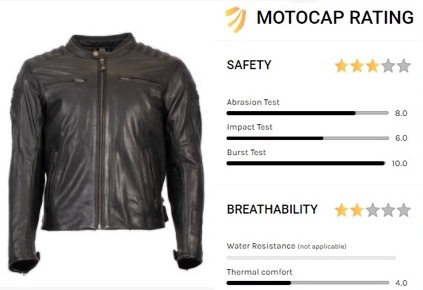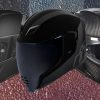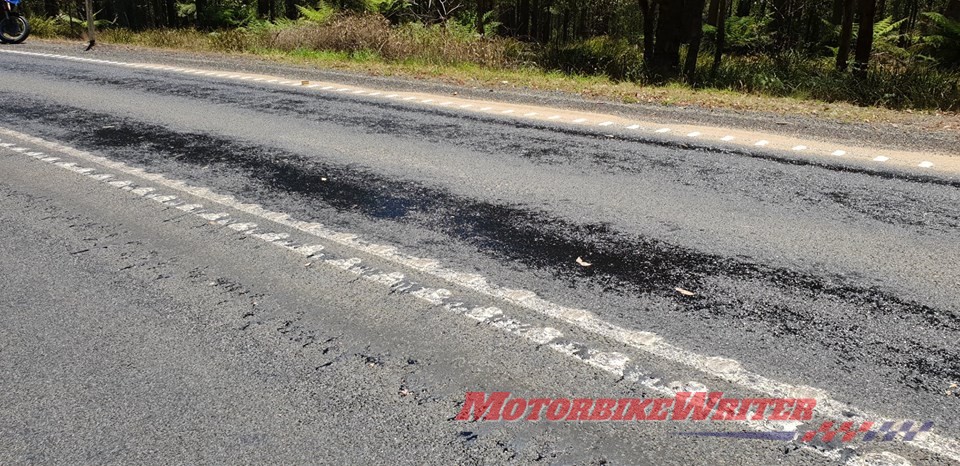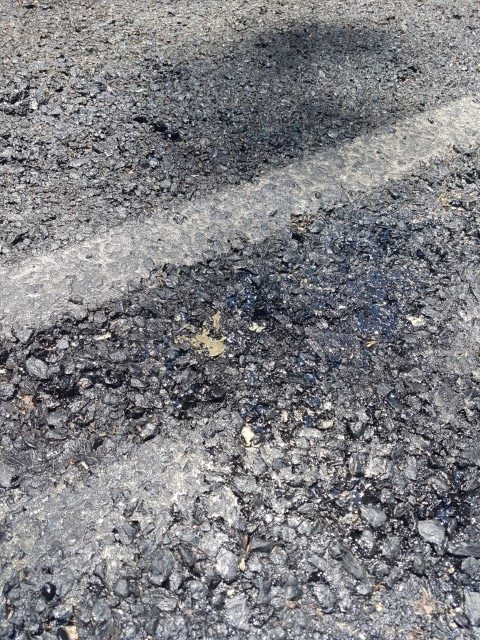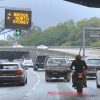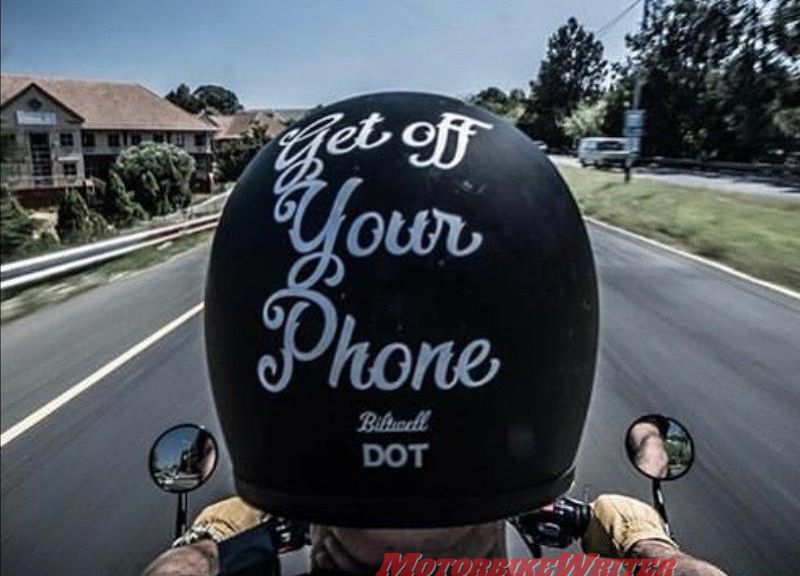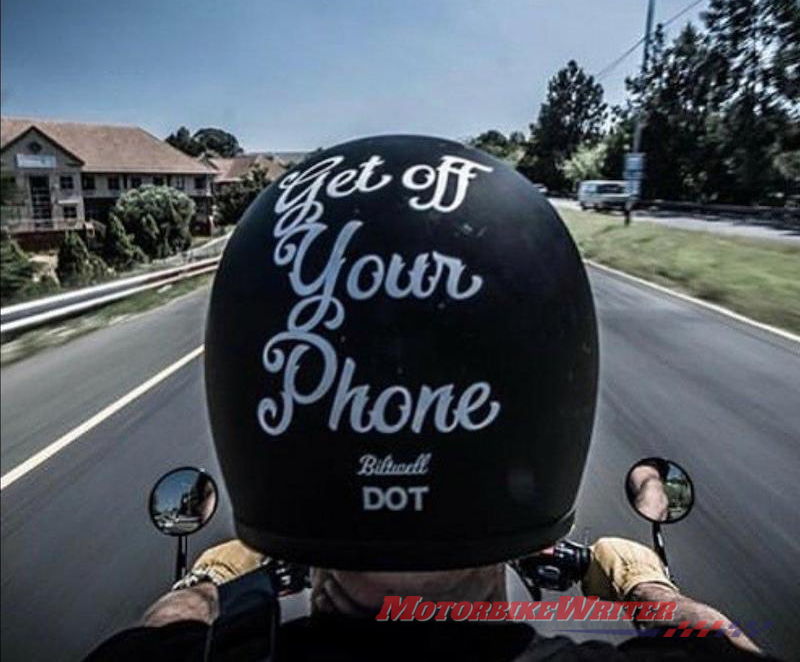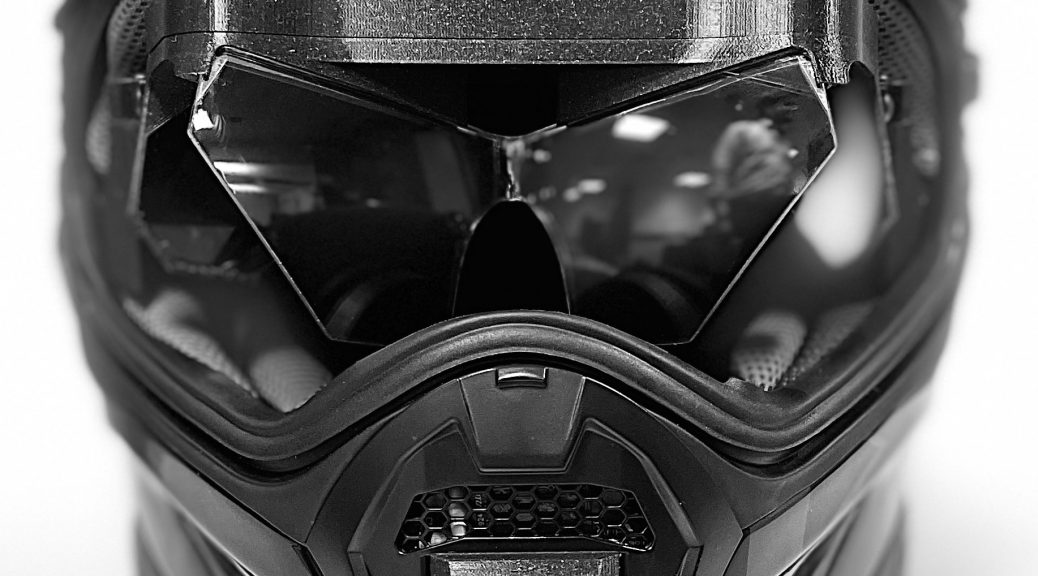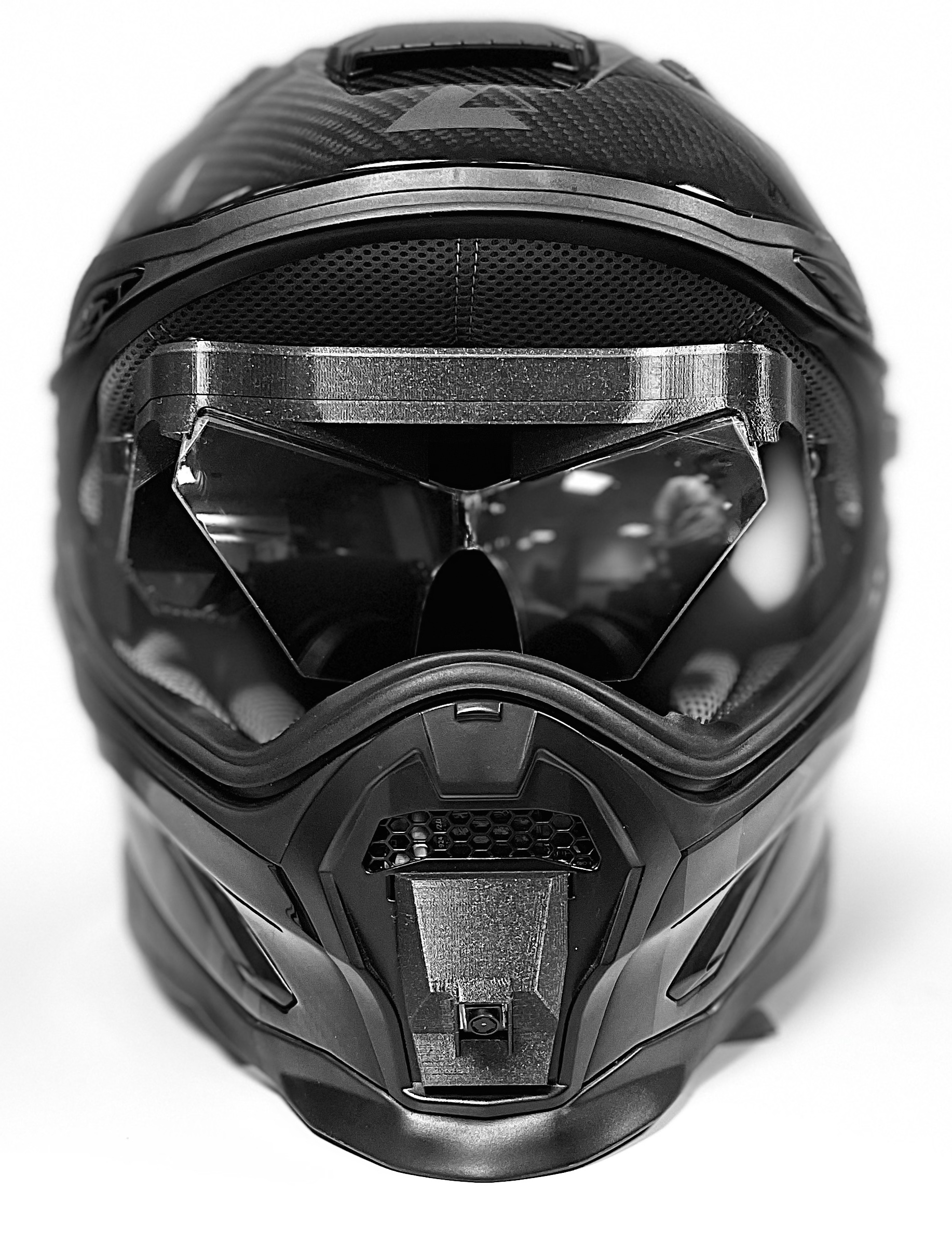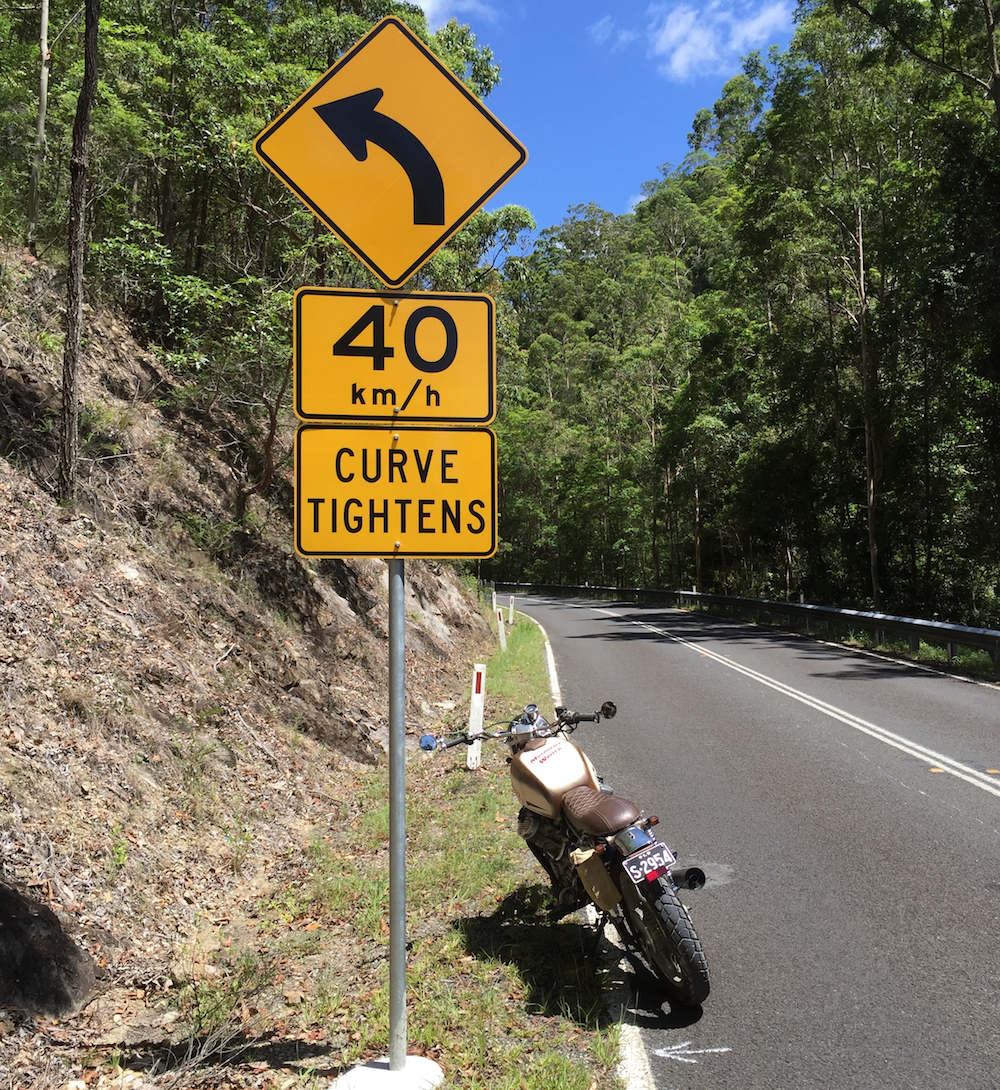Helmet attachments such as cameras and Bluetooth devices do not increase the risk of head or neck injury to the rider in a crash, according to a NSW Transport road safety report.
As these devices have increased in popularity in recent years, several riders in several states of Australia have been fined for using them.
That is despite changes to the Australian Road Rules (ARR) in 2015 that permitted their use.
It took several years before all states and territories except Victoria endorsed the rules.
It was never an issue in Western Australia, Tasmania, Northern Territory or Queensland where a former Police Minister actually encouraged helmet camera use for evidential reasons.
However, there was still a concern that helmet attachments might cause the rider’s head to be rotated in a crash causing neck injuries.
The NSW Centre for Road Safety did some “oblique impact testing” at Crashlab several years ago on the effect of helmet attachments and was scheduled to release their report last year.
It has only now released their study which shows there is no injury issue:
The [test] results revealed that attaching a camera or communication device to a motorcycle helmet does not, on average, increase the risk of head or neck injury to the person wearing the helmet, in a crash.
The findings of the study informed changes to Transport for NSW policy, which now allow motorcycle riders to attach aftermarket camera and communication devices, provided they do so properly and following manufacturers’ instructions.
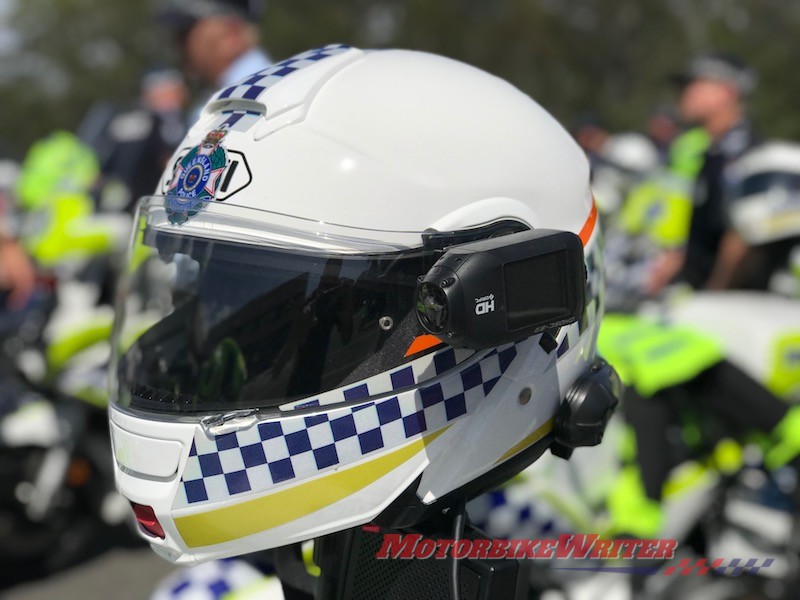
This follows studies more than five years ago by the BBC and UK Transport Research Laboratory (TRL) who performed impact tests on climbing helmets with cameras attached and found they didn’t increase the risk in a crash.
They said their test results transferred to other types of helmets, such as motorcycles.
The Australian Motorcycle Council has been working with the authorities for several years to resolve this matter.
“Cameras on helmets uniquely capture the rider’s perspective; other devices such as Bluetooth intercom systems provide a safe means of communication with pillions and other riders,” they say.
However, there could be an issue with how the device is attached to the helmet.
Riders must comply with the manufacturer requirements. That means you can’t drill holes in the helmet or use glue or other adhesives that are not recommended.
The only amendment to the ARR was the inclusion of a reference to a helmet being in good repair and proper working order and condition.
Source: MotorbikeWriter.com

